 1998 Honda Life III Dimensions, Size & Specs
1998 Honda Life III Dimensions, Size & SpecsMeasurements of the 1998 Honda Life III, engineered for optimal performance and comfort
| Dimensions | |
|---|---|
| Length: | 3395 mm133.7 in11.1 ft |
| Width: | 1475 mm58.1 in4.8 ft |
| Height: | 1605 mm63.2 in5.3 ft |
| Weight Specifications | |
| Curb Weight: | 920 kg2028 lbs |
| Maximal permitted Weight: | 1140 kg2513 lbs |
| Tire Specifications | |
| Tire Size: |
|
The Honda Life III, produced from 1998 to 2003, is a classic example of the compact kei car segment in Japan. This third-generation Life is designed primarily as a practical urban hatchback, perfectly sized for navigating narrow streets and tight parking spaces typical in Japanese cities. Measuring 3395 mm (133.7 inches) in length, 1475 mm (58.1 inches) in width, and 1605 mm (63.2 inches) in height, the Life III offers a tall and compact profile that prioritizes efficient interior space and ease of maneuverability.
Weighing in at a curb weight of 920 kilograms (2,028 pounds) and a maximum allowable weight of 1140 kilograms (2,513 pounds), the vehicle balances lightweight construction for better fuel efficiency with sufficient structure for safety and durability. Equipped with 155/65 R13 tires, the Life III achieves a comfortable ride and good road grip for city driving.
As a hatchback, the Honda Life III features a versatile cargo area accessible via the rear hatch, making it ideal for everyday errands and small-family use. Its overall dimensions place it firmly within the kei car regulations of Japan, which restrict vehicle size and engine displacement to optimize tax benefits and parking privileges for owners. This generation continues Honda’s legacy of compact, fuel-efficient vehicles that combine practical design with reliability.
In summary, the Honda Life III (1998-2003) stands out for its compact footprint of just under 3.4 meters in length and its lightweight of under one ton, making it an excellent choice for urban commuters looking for a nimble and convenient hatchback that doesn’t compromise on space efficiency.
Discover the standout features that make the 1998 Honda Life III a leader in its class
Have a question? Please check our knowledgebase first.
The Honda Life III, produced from 1998 to 2003, is a compact kei car designed for urban convenience. It measures 3395 mm (133.5 inches) in length, 1475 mm (58.1 inches) in width, and stands 1605 mm (63.2 inches) tall. These dimensions make it a very compact vehicle, ideal for tight city spaces and easy parking, with a relatively tall stance contributing to a spacious interior feel within its small footprint.
The curb weight of the Honda Life III is 920 kg (2028 lbs), which is fairly lightweight, especially for its hatchback and kei car classification. This lightweight helps in fuel efficiency and agility in urban environments. Compared to typical compact hatchbacks, which can weigh anywhere between 1000 and 1300 kg (2205 to 2866 lbs), the Life III is on the lighter side, reflecting its small size and kei car regulations compliance.
The maximum weight, or gross vehicle weight rating (GVWR), for the Honda Life III is 1140 kg (2513 lbs). This figure includes the weight of the car itself plus passengers and cargo. For a small kei car, this weight rating reflects its design focus on economical urban transport with limited cargo and passenger capacity compared to larger vehicles, ensuring safe handling and performance.
Yes, the Honda Life III would fit comfortably into a standard garage. Typical garage sizes are around 2400 to 3000 mm (94.5 to 118 inches) wide and approximately 4800 to 6000 mm (189 to 236 inches) deep. At 3395 mm (133.5 inches) long and 1475 mm (58.1 inches) wide, the Life III's compact footprint means it easily fits, with ample space for opening doors and maneuvering inside most residential garages.
With a width of 1475 mm (58.1 inches), the Honda Life III is notably narrow, a common feature of kei cars designed for Japan’s tight roads and heavy urban traffic. This narrow width enhances maneuverability, allowing drivers to navigate congested streets and fit into narrow parking spaces more easily than wider vehicles. The slim profile makes the Life III particularly practical in dense city environments.
The height of the Honda Life III is 1605 mm (63.2 inches), which is relatively tall for a car of its length and width. This elevated roofline is typical of kei cars, optimizing vertical space to create a surprisingly roomy interior despite the compact exterior dimensions. The taller cabin benefits passengers by providing good headroom and an airy feel, enhancing comfort on shorter urban trips.
The Honda Life III comes equipped with 155/65 R13 tires. This tire size balances a small overall diameter with a moderately tall sidewall, which helps absorb road irregularities for a smoother ride on city streets. The relatively small 13-inch wheels contribute to lower unsprung weight and improve fuel efficiency, while still offering adequate grip and comfort for urban driving conditions.
Compared to the previous generation Honda Life (Life II), the Life III maintains a similar kei car footprint but features slight refinements in exterior dimensions aimed at maximizing interior space and improving aerodynamics. Although exact predecessor dimensions vary slightly by model year, the consistent 3395 mm length and narrow width are kei car standards. The Life III’s height and interior optimization reflect Honda’s effort to enhance passenger comfort without increasing the car's exterior bulk.
The Honda Life III's dimensions are fairly typical for kei cars produced in Japan between 1998 and 2003. With a length of 3395 mm, width of 1475 mm, and height of 1605 mm, it aligns closely with rivals like the Suzuki Wagon R and Daihatsu Move, which share similar compact footprints to comply with kei regulations. The Life III's slightly taller height often gives it a competitive edge in interior space, while its narrow width aids urban maneuverability.
The Honda Life III was marketed between 1998 and 2003 as a practical and efficient kei car primarily targeting urban drivers seeking an affordable, compact vehicle. Known for its tall, boxy design, it offered surprising interior space and flexibility for a small footprint. Its lightweight construction, efficient tires, and modest powertrain focused on economy rather than performance. The Life III was popular as an economical city commuter, especially in Japan, where kei cars benefit from tax and insurance advantages.
Discover similar sized cars.
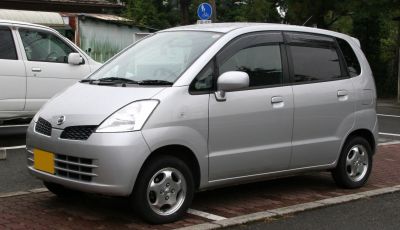
| Production: | 2001-2006 |
|---|---|
| Model Year: | 2001 |
| Length: | 3395 mm133.7 in |
| Width: | 1475 mm58.1 in |
| Height: | 1590-1600 mm62.6-63.0 in |
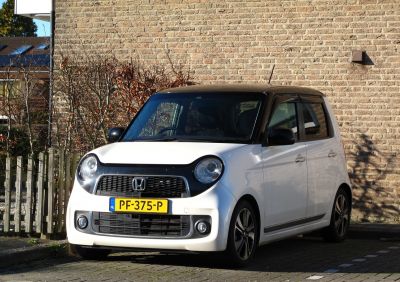
| Production: | 2012-2020 |
|---|---|
| Model Year: | 2012 |
| Length: | 3395 mm133.7 in |
| Width: | 1475 mm58.1 in |
| Height: | 1545-1630 mm60.8-64.2 in |
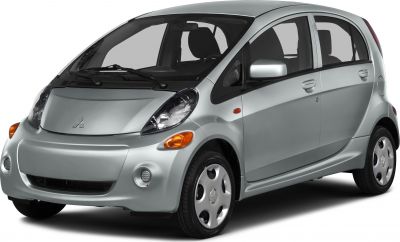
| Production: | 2005-2013 |
|---|---|
| Model Year: | 2006 |
| Length: | 3395 mm133.7 in |
| Width: | 1475 mm58.1 in |
| Height: | 1600 mm63.0 in |
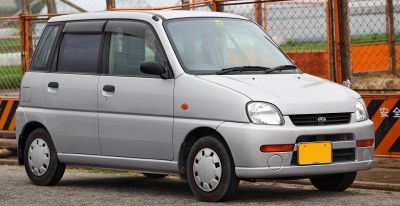
| Production: | 1998-2009 |
|---|---|
| Model Year: | 1998 |
| Length: | 3395 mm133.7 in |
| Width: | 1475 mm58.1 in |
| Height: | 1580 mm62.2 in |
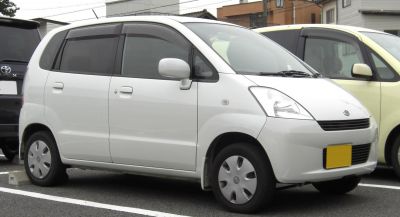
| Production: | 2001-2006 |
|---|---|
| Model Year: | 2001 |
| Length: | 3395 mm133.7 in |
| Width: | 1475 mm58.1 in |
| Height: | 1590 mm62.6 in |
